フジマメの花は「藤」に似ていて蝶形花が輪生。扁平な三日月形の豆果を結び、花が白色の系統は莢が緑色、花が赤色の系統は莢が赤色です。
The flowers of Hyacinth Bean resemble “wisteria” and have whorls of butterfly-shaped flowers. After flowering, it produces flat, crescent-shaped legumes. Varieties with white flowers have green pods, and cultivars with red flowers have red pods.
【仮名】フジマメ, センゴクマメ
【和名】藤豆, 千石豆
【英名】Hyacinth Bean, Lablab Bean
【学名】Lablab purpureus
【誕生】08/ 14
【開花】07, 08, 09, 10月
【花色】White, Pink, Purple


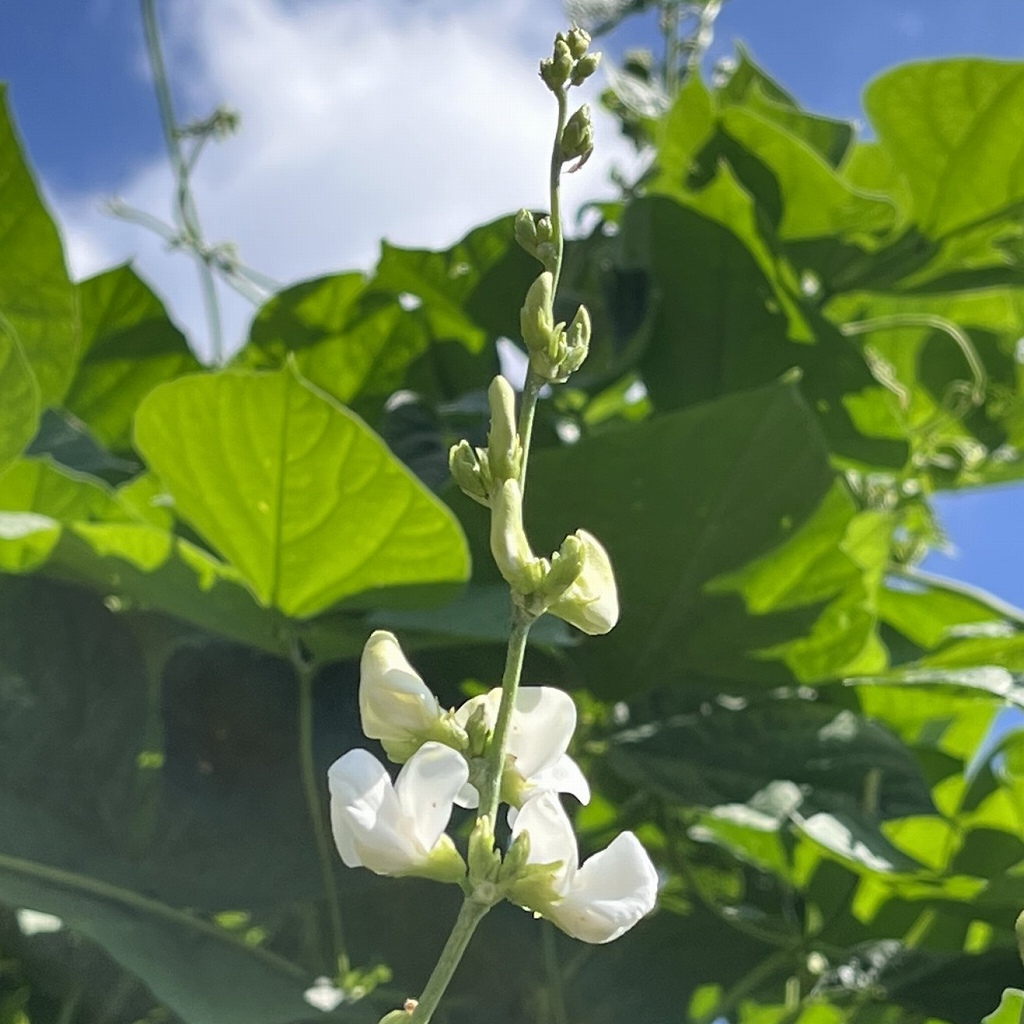


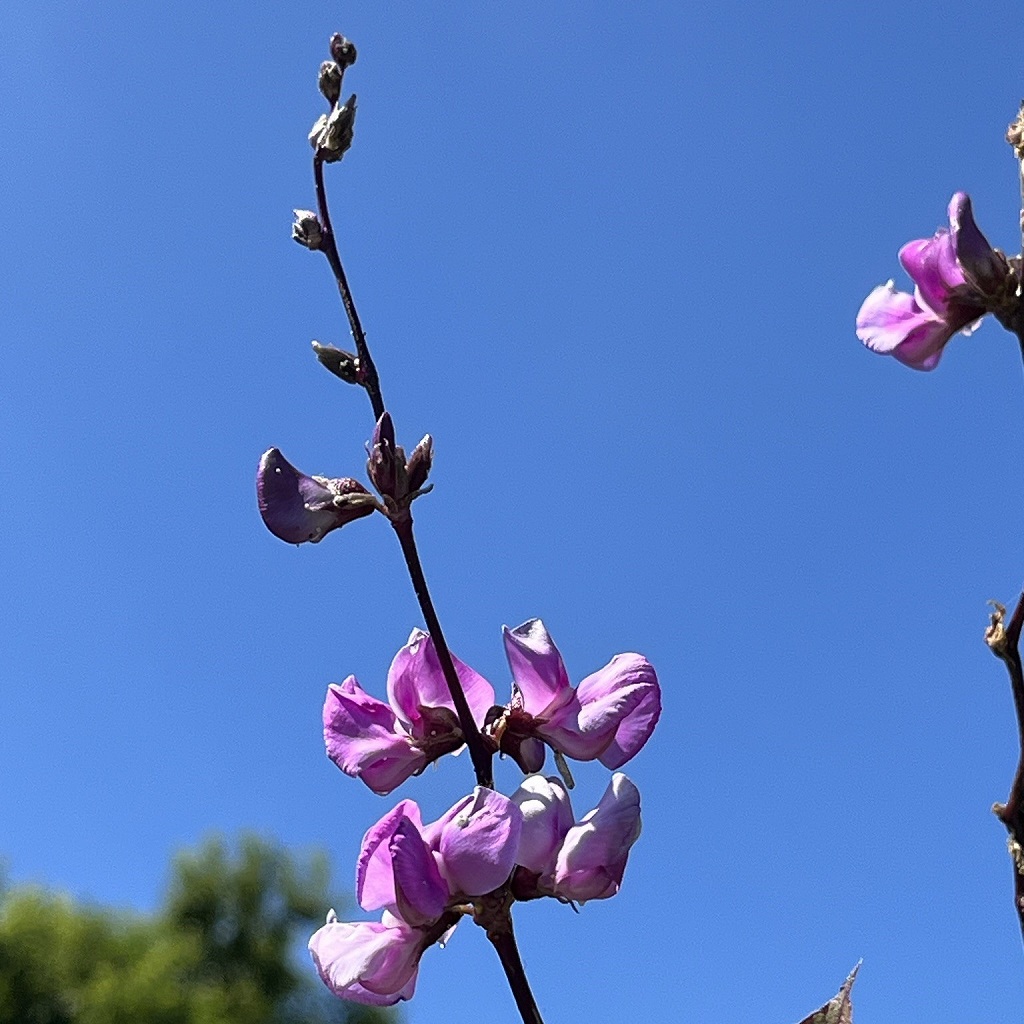
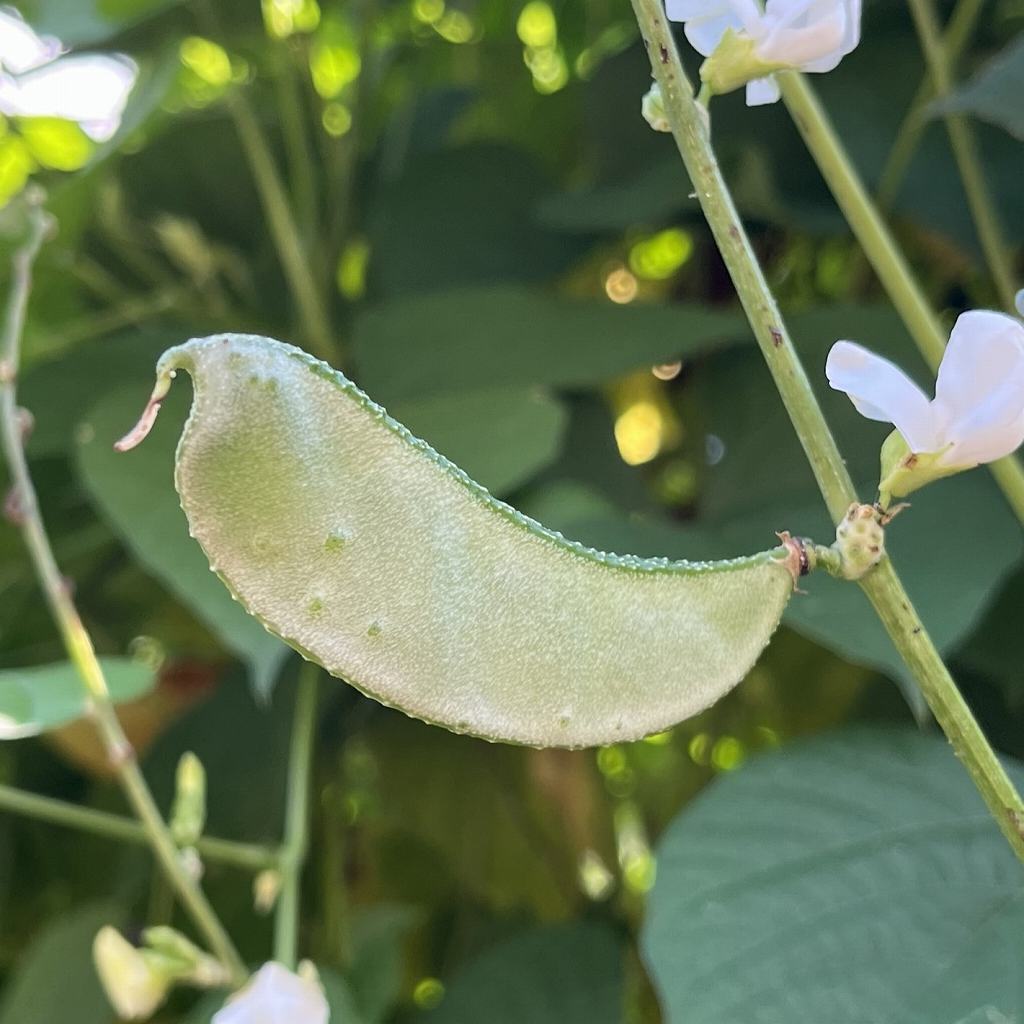
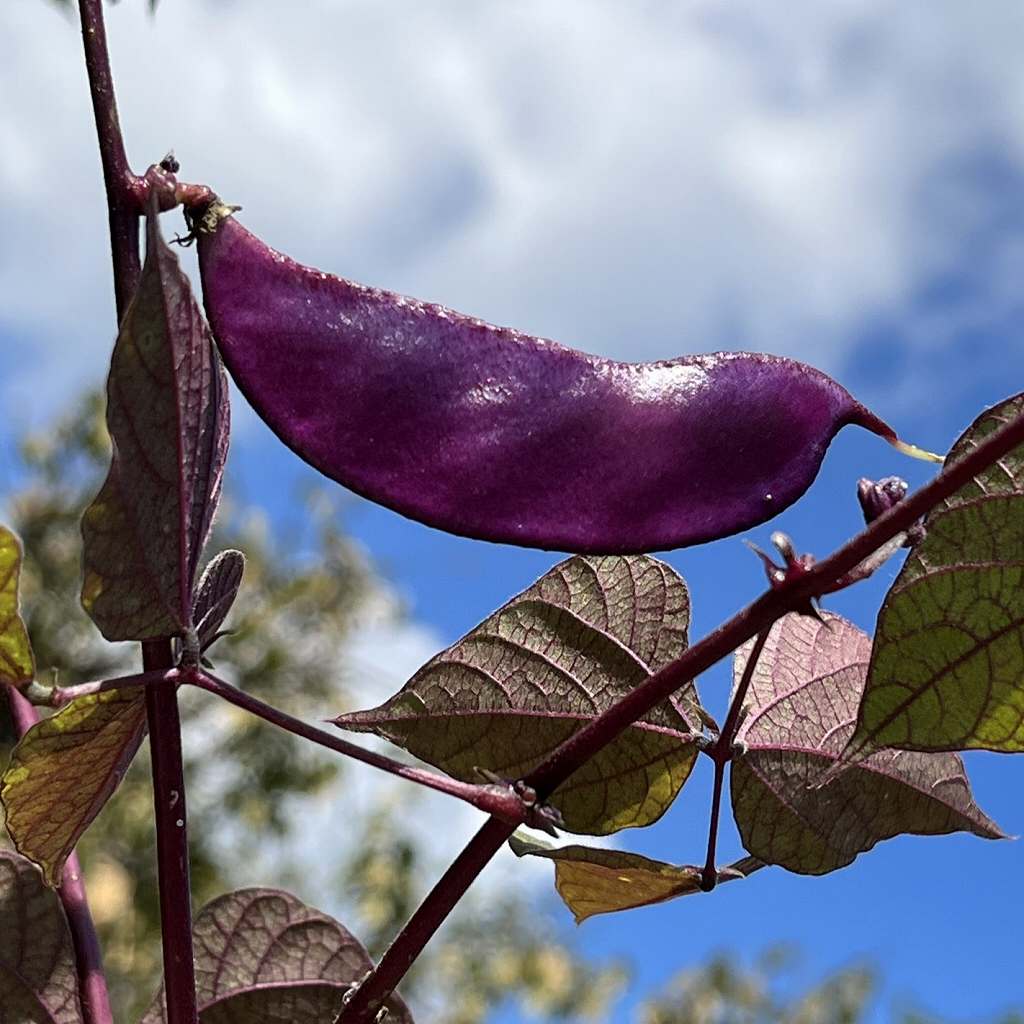
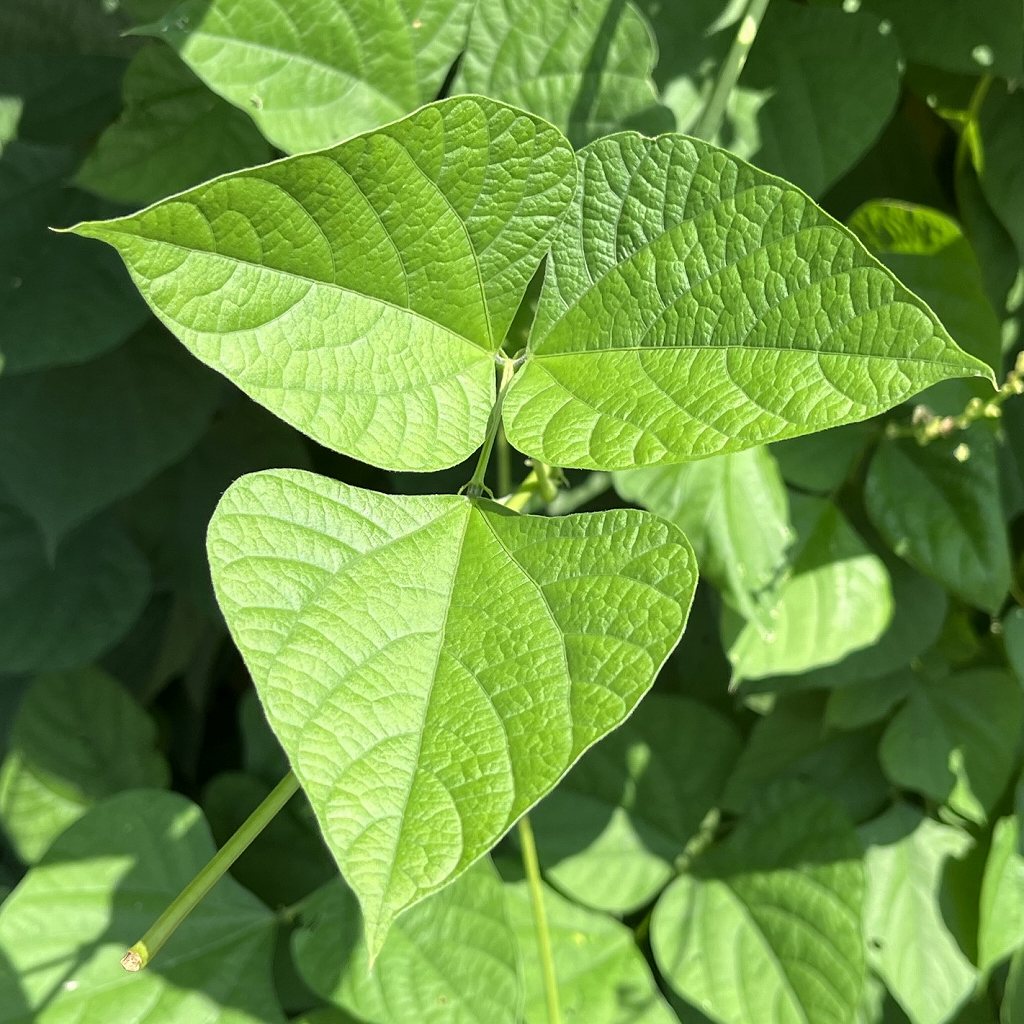
フジマメ
フジマメの概要
フジマメはマメ科の蔓性1年草です。原産地はアジア~アフリカの熱帯地域で、古くから食用に栽培。日本へは9世紀頃に渡来したものの、「17世紀に中国の禅僧・隠元が伝えた」と信じられたため、関西では「隠元豆」と呼ばれ、標準和名のインゲンマメは「三度豆」と呼ばれます。
フジマメの名前
フジマメの名前の由来は、花が「藤」に似ていて、食用の「豆」が採れるから。莢の数が多く、形が千石舟に似ているので、近畿地方では「千石豆」と呼ばれます。ラテン語の属名ラブラブはアラビア語の「昼顔」に由来して「巻きつく」、種小名プルプレウスは「紫色」という意味。
フジマメの姿形
フジマメの蔓は他物に絡みながら長く伸びます。葉は3出複葉で互生し、小葉が先の尖った卵形。花は長い柄を立ち上げ、節ごとに蝶形花を輪生させます。花後は扁平な三日月形の豆果を結び、花が白色の系統は莢が緑色、花が赤色の系統は莢が赤色。莢の中に黒褐色の豆が入ります。
フジマメの食用
フジマメは若莢の風味、食感が好まれ、天ぷら、汁の具、和え物などで食べられます。カリウムや葉酸、食物繊維のほか、マグネシウム、リン、鉄、亜鉛、銅などのミネラル類も豊富。一方、若莢は採るのが早過ぎると風味に乏しく、遅過ぎると食感が硬くなるので、時機が大切です。
フジマメの薬用
フジマメは熟した種子が解毒・健胃作用のある「扁豆」という生薬になり、消化不良、嘔吐、下痢、食欲減退、胃腸虚弱などに用いられます。料理にも供されるものの、堅い外皮で覆われ、毒性もあるため、長時間の加熱や発酵などが必要。ミャンマーではカレーの材料に使われます。
Hyacinth Bean
Overview of Hyacinth Bean
Hyacinth Bean is a climbing annual plant of the Fabaceae family. It is native to the tropical regions of Asia and Africa, and has been cultivated for food since ancient times. Although it came to Japan around the 9th century, it is believed that it was introduced by the Chinese Zen monk Ingen in the 17th century, so it is called the “Ingen Bean” in the Kansai region. In Kansai, the standard Japanese name “Ingen Bean” is called “Bean that can be grown three times a year”.
Name of Hyacinth Bean
The Japanese name of Hyacinth Bean means “wisteria bean”. This is because the flowers resemble wisteria and the edible beans can be harvested. In the Kinki region, it is also called “beans of 150 tons.” This is because the shape of the pods resembles the boats that used to transport 150 tons of rice. The Latin genus name Lablab means “to coil around” and is derived from the Arabic “Bindweed”. The species name Purpureus means “purple”.
Shape of Hyacinth Bean
The vines of Hyacinth Bean grow long and entwine with other things. The leaves are trifoliate, alternate, and the leaflets are oval with pointed tips. The flowers erect long stalks and produce whorls of butterfly-shaped flowers at each node. After flowering, it produces flat, crescent-shaped legumes. Varieties with white flowers have green pods, and cultivars with red flowers have red pods. There are dark brown beans inside the pods.
Edible of Hyacinth Bean
Hyacinth beans are loved for their young pods’ flavor and texture, and can be eaten in tempura, soups, and seasoned dishes. In addition to potassium, folic acid, and dietary fiber, it is also rich in minerals such as magnesium, phosphorus, iron, zinc, and copper. On the other hand, if you pick young pods too early, they will lack flavor, and if you pick them too late, they will have a hard texture, so timing is important.
Medicinal of Hyacinth Bean
The ripe seeds of Hyacinth Bean are used as a herbal medicine with detoxifying and stomachic effects, and are used to treat indigestion, vomiting, diarrhea, loss of appetite, and gastrointestinal weakness. Although it is also used in cooking, it is covered with a hard outer skin and is poisonous, so it requires long periods of heating and fermentation. In Myanmar, it is used as an ingredient in curry.


